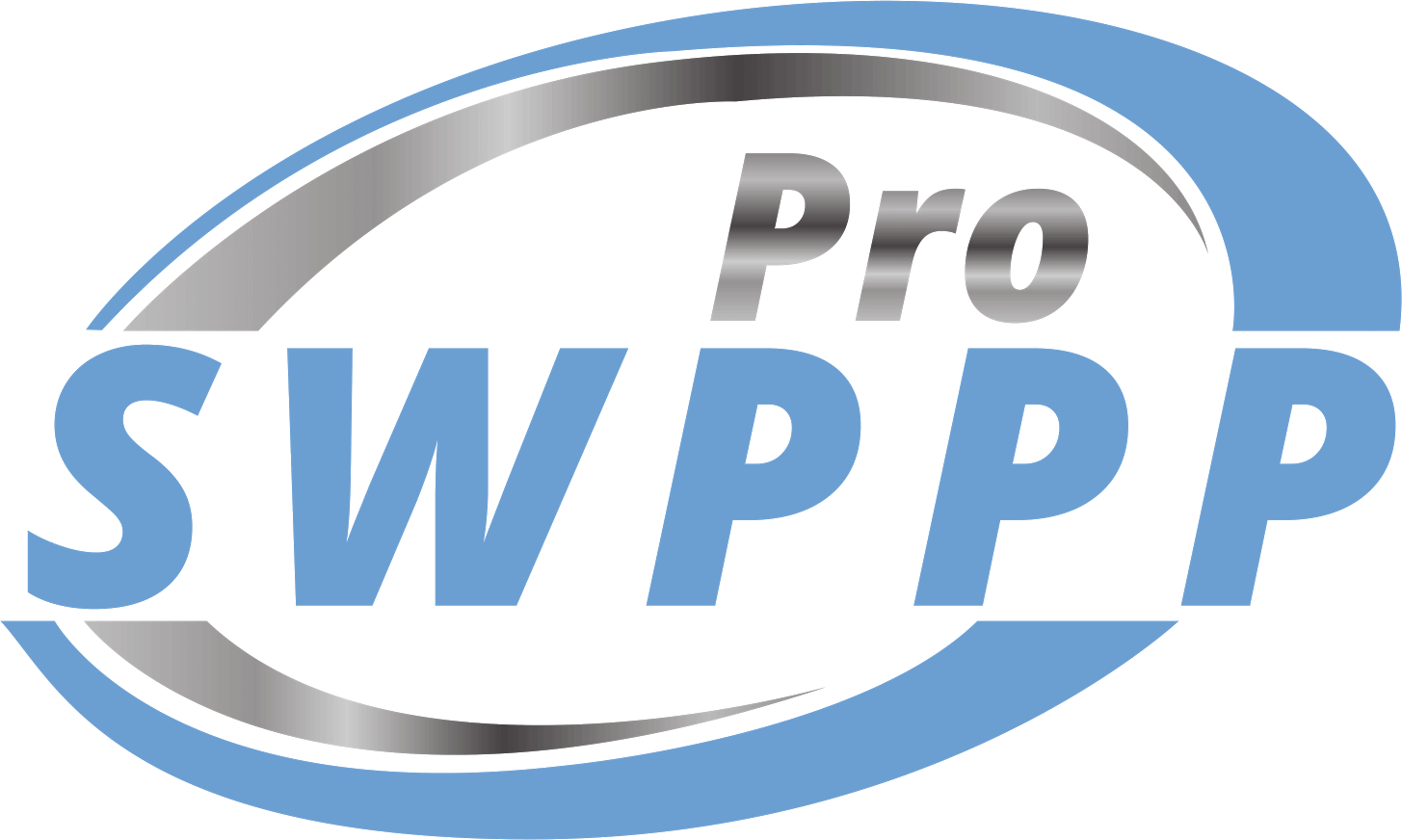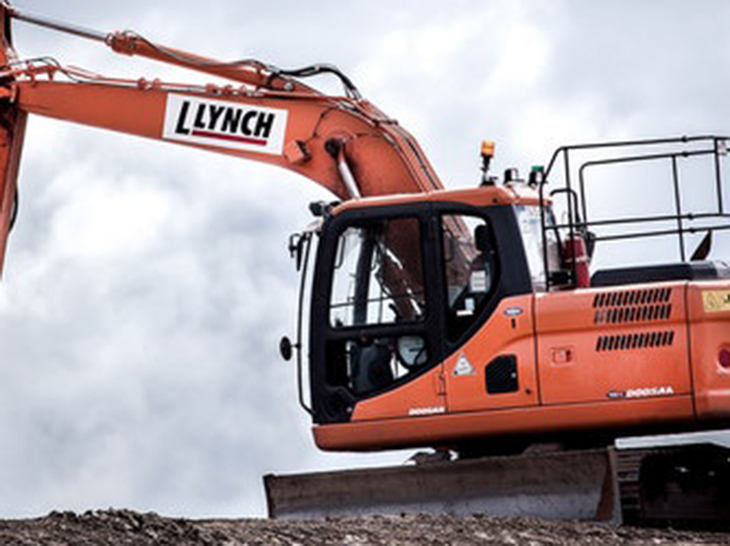Don’t know if you need a SWPPP? Take our quiz to find out.
Modified on: 1/24/2025
What Does SWPPP Mean & What is its Purpose?
“SWPPP” is an acronym for Stormwater Pollution Prevention Plan. It is a requirement for all construction sites seeking coverage under your state’s Construction General Permit.
This requirement is enforced by the EPA under the Clean Water Act (CWA). To acquire your NPDES (National Pollutant Discharge Elimination System) permit, you’ll need to have a SWPPP for your site.
Ok, but why is it needed?
Stormwater discharge from the construction site can contain pollutants when construction is underway. Imagine when it rains, all of the water that is on the site needs to run off the land, where’s it going to go? Either into the sewage system through storm drains, into a local body of water, or another area of land. The local government wants to prevent pollutants from entering bodies of water or other parts of the immediate area to protect the environment.
A lot of people think that the plan is only about sediment and erosion control. However, a SWPPP is a comprehensive and dynamic active working documentation of all activities on the construction site that outlines how the Site Operator will prevent stormwater contamination, comply with the Clean Water Act, and control erosion and sedimentation. Activities such as clearing, grading, and other disturbances to the ground like stockpiling or excavation are some that fall into this category.
The plan identifies the possible sources of pollution that can affect the immediate environment surrounding your construction activity via stormwater discharges coming from your work site.
It also outlines environmental best management practices (i.e. silt fence, inlet protection, diversion dikes, etc) to be implemented to reduce or prevent pollutants from adversely affecting the surrounding environment.
Common pollutants include:
- Sediment
- Sanitary and solid wastes
- Fuels, oils, and grease
- Nitrogen
- Phosphorus
- Pesticides
- Construction chemicals
- Construction debris
- Concrete truck washout
- Soaps or solvents used for washing equipment and vehicles
And, it assists in bringing your construction site into full regulatory compliance with the Construction General Permit.
When is a Stormwater Pollution Prevention Plan Needed?
According to the EPA (the governing body in charge of stormwater discharge), a SWPPP is only necessary for your permit when you have:
- 1 acre or more of land.
- Less than 1 acre of land that’s part of a development or sale that will disturb 1 or more acres. Essentially, if you’re working on a smaller project that’s part of a larger construction project affecting > 1 Acre of land, you need a SWPPP.
Without a SWPPP, you could be fined, shut down, penalized, or undergo potential lawsuits for non-compliance with environmental laws. Let’s just say, it’s better to get a plan to avoid horrible costs.
It should be noted that the Stormwater Pollution Prevention Plan is only temporary. It is designed to handle the stormwater runoff at the construction site. The plan is only applicable during the construction phase. Once the project is complete and final stabilization has been reached, then the SWPPP is concluded via a Notice of Termination.
Who’s Legally Responsible for Acquiring and Creating a SWPPP?
Ultimately, the Property Owner is seen as the Legally Responsible Person for obtaining a SWPPP for permit coverage on the construction site.
But truthfully, it’s the Operator of the construction site who is responsible for the creation and implementation of the SWPPP. This is typically the General Contractor in charge of the construction.
Both the Property Owner and Primary Operator are ultimately responsible should your construction site adversely affect the surrounding environment.
Contrary to what some will tell you, you do not require your plan to be created by a Professional Engineer, and proceeding that route will put your project grossly over budget.
Typically, a SWPPP is prepared and certified by a Qualified SWPPP Developer (QSD) or a Certified Professional in Erosion and Sediment Control (CPESC) like Pro SWPPP. We undergo extensive qualification requirements to be certified as a SWPPP expert. This is to ensure the document is properly created based on the conditions of the site and what the government can expect from the pollutants we know will affect the environment. Inspections are also typically supervised by a CPESC but this isn’t always required.
What Are the SWPPP Requirements?
A SWPPP must include:
- Project identification
- Site description
- Project area
- Areas of disturbance (in most cases)
- Existing conditions like soil type, slopes, and nearby water bodies
- Stormwater drainage patterns
- Identification of individuals responsible for implementing and maintaining the SWPPP and those responsible for conducting inspections
- A detailed map of the site or a diagram showing:
- Construction boundaries/facility layout
- Locations of stormwater control measures
- Surface water features like streams, rivers, and wetlands
- Direction of stormwater flow
- Areas of potential pollutant sources
- Potential pollutant sources
- BMPs (best management practices) to minimize pollutant discharge
- Maintenance and inspection procedures
- Site stabilization measures
- A spill prevention and response plan
- Updates and revisions for the SWPPP
- Compliance with permits
- CGP (construction general permit) for construction sites disturbing 1 or more acres
- IGP (industrial general permit) for certain industrial facilities
- Adherence to local and state requirements (which can slightly differ based on the region of the site)
Occasionally, a SWPPP drawing (site map) will be required by the regulating authority prior to breaking ground on the construction site, but this varies according to federal, state, and local guidelines.
What Does a SWPPP Site Map Show?
The SWPPP site map is a critical piece of the stormwater pollution prevention plan when required. It visually represents the layout of the construction or industrial site, highlighting features related to stormwater management.
It typically includes:
- Site boundaries
- Areas of disturbance
- Stormwater flow patterns
- Drainage features
- Stormwater controls (BMPs)
- Pollutant source areas
- Construction entrances and exits
- Nearby sensitive or protected areas
- Temporary and permanent stabilization measures
- Material and waste storage areas
- Inspection and monitoring points
- Legal and permit information
How Do I Write a SWPPP?
There’s a lot of information that must be included in a SWPPP and it will differ from state to state depending on laws and regulations enforced by local governments. The requirements above show the majority of what must be included.
Since it’s a lot of work to research everything with federal, local, and state requirements and to draw up a map, avoid the hassle of learning all of the detailed regulations and let Pro SWPPP give you peace of mind for your permitting.
Get a 72-hour turnaround for your SWPPP to be ready to continue with construction; with 24 & 48-hour turnarounds available to expedite the process. Receive fast, reliable, professional SWPPP services anywhere in the US.
All we need is an Order Form and a link to the Civil Drawings and we’ll take care of it for you.
How Much Does a SWPPP Cost?
It’s hard to say what the estimated cost for a SWPPP will be. It really depends on factors like which state the SWPPP is for, how large the construction site is, and when you need it completed.
There are plenty of other factors we consider when presenting you with a cost for a SWPPP. At the end of the day, we want to ensure everything is covered in your SWPPP for the local government’s requirements so you don’t get fined or penalized.
What we can say is that you need to be careful with who you do business with when writing up the SWPPP. Lots of companies will bundle the SWPPP with many other services, increasing the cost of the SWPPP. We personally don’t bundle SWPPP with anything else, we’re solely focused on giving you your SWPPP so you can get back to construction. Good news is, we’ve never had a compliance complaint, not one, so you know that you’re in good hands.

